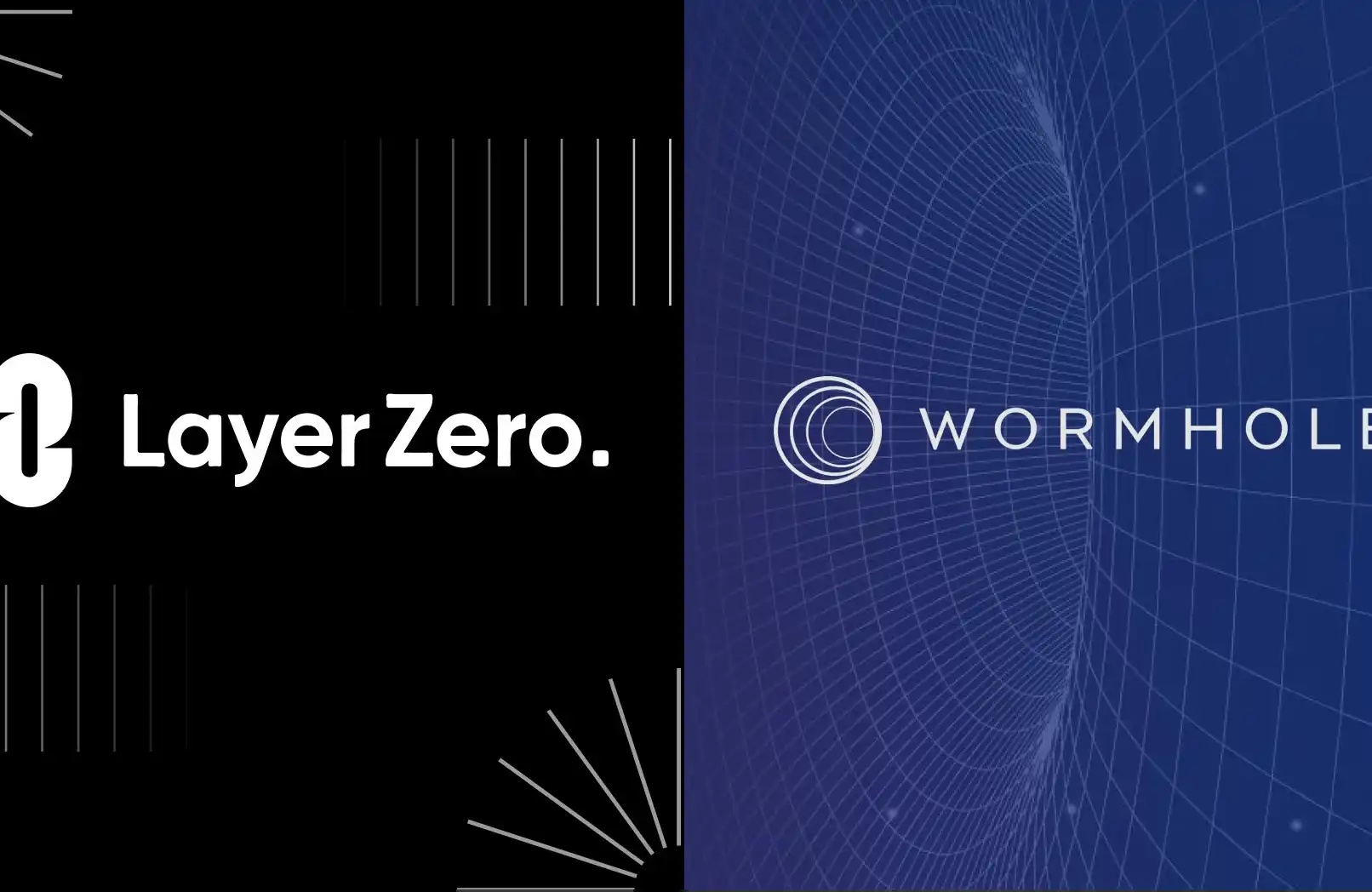After one year of the merger: What is the situation of Ethereum?
Source: veDAO
The development of the encryption world has been so fast that the merger of Ethereum feels like it happened a long time ago. However, it has only been just over a year since the network fully transitioned to using Proof of Stake (PoS). In terms of price, the transaction price of Ethereum is roughly the same as it was in September 2022 when the merger took place, with the transaction price of ETH being around $1,600 the day before the merger. But this is just the tip of the iceberg, as many substantial changes have occurred since Ethereum's transformation. In this issue, the veDAO Research Institute will take stock of the various changes that have occurred in the year since the Ethereum merger.
Energy Consumption

Before the transition, Ethereum used the same consensus mechanism as Bitcoin to verify on-chain transactions: Proof of Work (PoW). It required miners to compete to solve complex mathematical equations, and as an exchange for participating in the energy-intensive process, miners were rewarded. However, when Ethereum transitioned to PoS, this meant that validators, not miners, needed to stake Ethereum to ensure network security in exchange for rewards. One of the most significant impacts is the reduction in Ethereum's energy consumption. A report by the Crypto Carbon Ratings Institute (CCRI) indicates that the energy used by Ethereum has decreased by about 99.99% compared to before the merger, which means that Ethereum's carbon footprint has decreased by 99.99%.
Cryptocurrencies have gained notoriety in mainstream media due to their high energy consumption. Therefore, environmental factors such as ESG ratings will be obstacles to the adoption of cryptocurrencies. Financial institutions such as BlackRock and Fidelity have also been paying attention to cryptocurrency initiatives due to environmental concerns about cryptocurrencies. However, the Ethereum merger renders these opposing voices meaningless.
Liquidity Collateralization

Since the Ethereum merge, the amount of Ethereum staked has almost doubled. According to Dragonfly data analyst @hildobby, the Dashboard created on Dune shows that the current amount of ETH staked in the Ethereum deposit contract has exceeded 26.96 million, with a staking rate of 22.44%.
However, the Ethereum upgrade has also raised concerns about centralization and censorship. This is because people are worried that the control over the verification of network transactions may be isolated in the hands of a few, whether it is companies like exchanges or projects that make it easier for users to pool funds and receive staking rewards. Due to Coinbase's sponsorship of a group of Tornado Cash users in their lawsuit against the US Treasury Department and OFAC (Office of Foreign Assets Control), some people are particularly concerned that exchanges like Coinbase may participate in staking due to US sanctions against the mixing service Tornado Cash before the Ethereum merger. Due to concerns that centralized entities will scrutinize transactions to maintain compliance, decentralized applications like Lido Finance have become a better choice in terms of decentralization.
According to CoinGecko data, in terms of liquidity staking tokens, STETH has performed outstandingly with a market capitalization of $13.8 billion. Meanwhile, Rocket Pool ETH (RETH), the second largest token by market capitalization in the Ethereum market, has a market capitalization of $912 million.

Despite this, liquidity mining has remained a major source of growth for decentralized finance. Liquidity mining allows ETH holders to stake their tokens for rewards while still being able to leverage the value of Ethereum by issuing and pegging corresponding tokens to its price. Despite a decline in the value of assets related to decentralized exchanges since the merge, liquidity mining continues to thrive.
Extension Solutions

Merging is not intended to improve the speed of Ethereum. According to the analysis website L2Beat, Ethereum's average TPS (transactions per second) has mostly hovered around 10 since September last year. Nevertheless, it has laid the foundation for what's to come. According to Vitalik Buterin's Ethereum roadmap vision outlined in July last year, this "surge" is a series of upgrades planned after the merge, which is expected to improve Ethereum's scalability.

However, more and more expansion solutions aimed at addressing the current limitations of Ethereum are emerging in the cryptocurrency industry. According to data from L2Beat, the average TPS between all Ethereum L2 networks has now exceeded 50 transactions, a significant improvement from last year.
Overall, the total number of transactions in the past 30 days for well-known L2 networks zkSync Era, Optimism, and Arbitrum Nova exceeded 61 million. This is twice the number of Ethereum transactions during the same period. It can be said that the merger of Ethereum's underlying security has promoted the continuous emergence of L2 technology recently. Overall, this merger has indeed laid the foundation for further enhancing scalability.
U.S. Securities and Exchange Commission (SEC)

At the same time, pledging has become a regulatory hotspot in the United States, and the SEC has investigated multiple cryptocurrency exchanges that provide services to help users earn network rewards.
Kraken reached a settlement with the SEC in February, involving a $30 million fine, as its staking-as-a-service program constituted an unregistered securities offering. Similar claims were made in lawsuits against Coinbase and Binance for their respective staking products. Although the SEC cited some tokens as examples of unregistered securities in its lawsuits against Binance and Coinbase, some have noticed and questioned why regulatory agencies have not classified PoW tokens as illicitly issued assets.
However, there is still disagreement among US regulatory agencies on how to classify Ethereum. This has resulted in a clear turf war between the two largest financial regulatory agencies, the SEC and the Commodity Futures Trading Commission (CFTC): CFTC Chairman Rostin Behnam stated in March that ETH is a commodity, while SEC Chairman Gary Gensler stated in February that "everything except for Bitcoin" is a security, but he avoided questions about Ethereum in April.
Conclusion
Ethereum's core developers have been working on the next major upgrade plan for Ethereum, called the "Dencun Upgrade". It includes the introduction of a feature called proto-danksharding, which is expected to expand Ethereum to over 100,000 transactions per second once fully implemented. Other features under development, such as account abstraction, will effectively make managing encrypted wallets as simple as managing email accounts. Earlier this month, Vitalk spoke about a feature called "Stateless Clients" during his speech at the Korean Blockchain Week, which will make it possible to run Ethereum nodes on smartphones.
Looking back, compared to the turmoil and corporate collapses in the cryptocurrency market in 2022, this merger seems to be just a mundane footnote in the history of cryptocurrency. But for the future, it may be a lighthouse that illuminates the overall direction of Ethereum, rekindling people's belief that Ethereum can achieve these major technological upgrades and accomplish ambitious goals. Although Ethereum may be slower than we hope, it will eventually continue to move forward while remaining true to its values.
Original Link
Welcome to join the official BlockBeats community:
Telegram Subscription Group: https://t.me/theblockbeats
Telegram Discussion Group: https://t.me/BlockBeats_App
Official Twitter Account: https://twitter.com/BlockBeatsAsia
 Forum
Forum

 Finance
Finance
 Specials
Specials
 On-chain Eco
On-chain Eco
 Entry
Entry
 Podcasts
Podcasts
 Activities
Activities
 OPRR
OPRR








